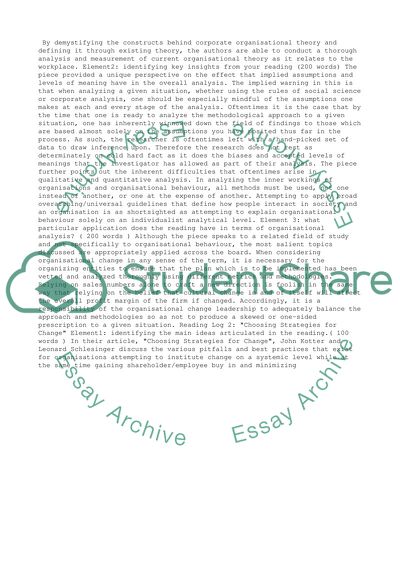Cite this document
(“Sociological Paradigms and Organisational Analysis: Elements of the Essay”, n.d.)
Sociological Paradigms and Organisational Analysis: Elements of the Essay. Retrieved from https://studentshare.org/business/1400657-analysing-organisation
Sociological Paradigms and Organisational Analysis: Elements of the Essay. Retrieved from https://studentshare.org/business/1400657-analysing-organisation
(Sociological Paradigms and Organisational Analysis: Elements of the Essay)
Sociological Paradigms and Organisational Analysis: Elements of the Essay. https://studentshare.org/business/1400657-analysing-organisation.
Sociological Paradigms and Organisational Analysis: Elements of the Essay. https://studentshare.org/business/1400657-analysing-organisation.
“Sociological Paradigms and Organisational Analysis: Elements of the Essay”, n.d. https://studentshare.org/business/1400657-analysing-organisation.


